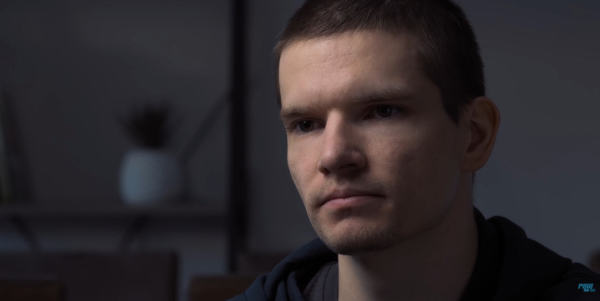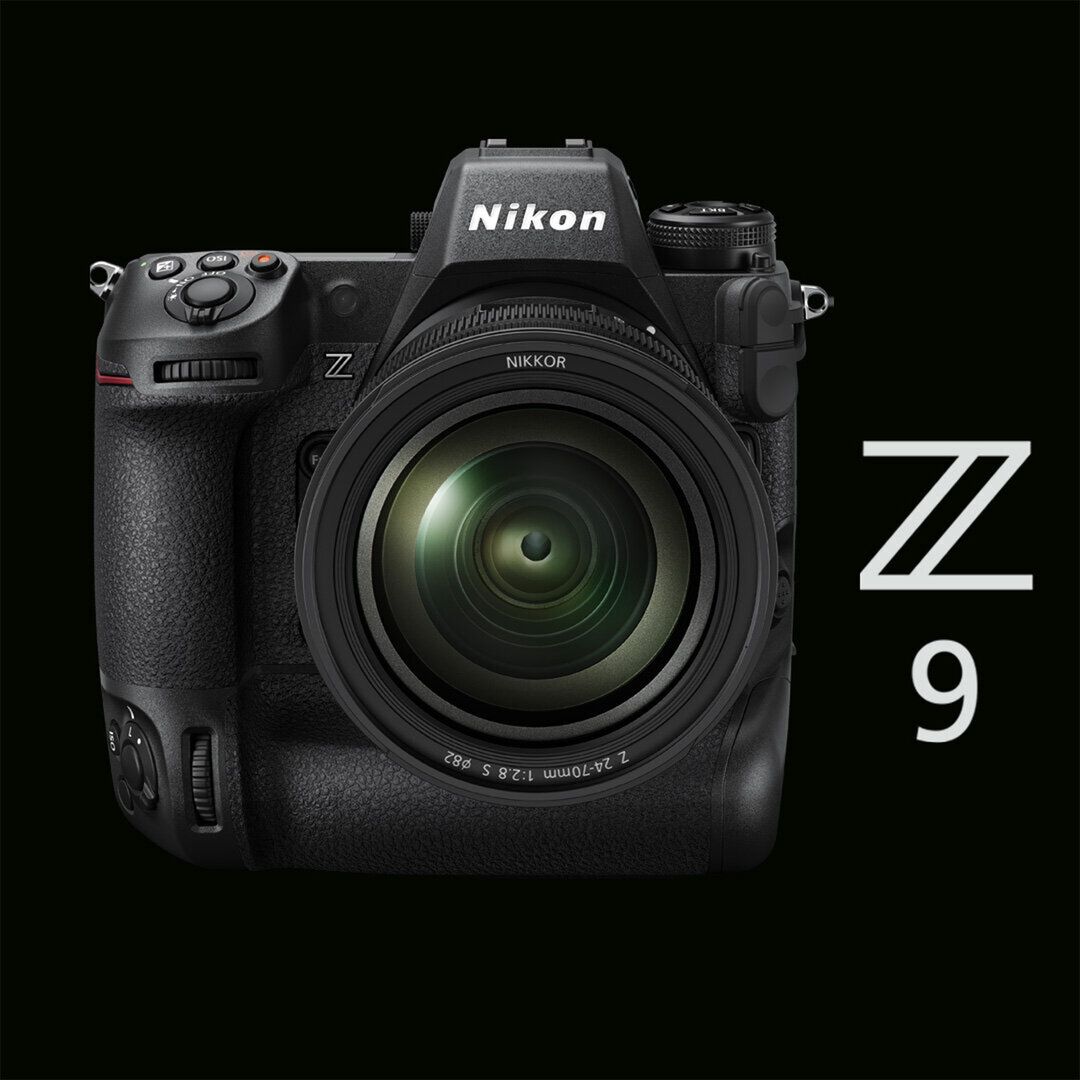[15:51 Sun,3.October 2021 by Thomas Richter] |
In this little video, YouTuber Paul E.T. shows how to make a Netflix signature True Crime style documentary about anything, even a stolen toast. The filming equipment needed is pretty minimal, in this case two cameras, two lenses (Panasonic 25mm F1.7 or Samyang 85mm T1.5), an LED light and a suitable filming location like a living room in this case. Then all that&s left to do is dramatically stage the interviewees via Rembrandt lighting, shoot them with the cameras from two different perspectives, and capture some B-roll footage. The magic (the Netflix doc look) is then created in post-production in the edit, when the footage is combined with your own B-roll videos and archival footage from the web (such as drone footage) with some music (ideally a single soundtrack using suspenseful piano key tones), simple sound effects (such as the typical bass drops when new information is revealed) and some titles. Properly combined, the result is a (pseudo) documentary that feels like a real Netflix True Crime doc.  The whole video is very nicely staged by Paul E.T. and shows first the individual elements and then the final result. It&s amazing to see how some selected style elements (also by their recognition effect) can enhance a project and make it look like a bigger budget than it actually is. What it also needs, of course, is a good idea, a stringent script, and some flair to make the end result look really professional. But aside from the "aha" effect and the wittily conveyed realization that Netflix works in a very formulaic way in this documentary field, the clip is also very instructive, as it nicely demonstrates what makes a certain documentary style stand out and look professional. And as always for filmmakers, analyzing (and ideally experimentally imitating) other people&s film styles is a good way to expand one&s own cinematic toolbox and develop an individual style.  Narrow edge of the Corsair XENEON 32QHD165 monitor. Bild zur Newsmeldung:
deutsche Version dieser Seite: Wie man eine Netflix-Doku über ein beliebiges Thema macht |






